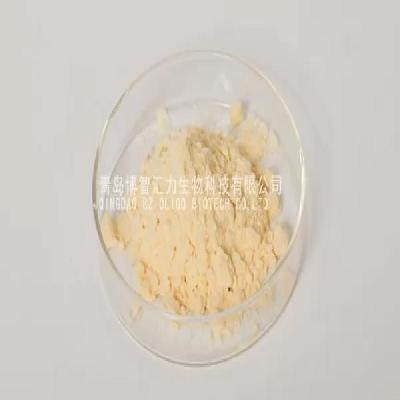-
Categories
-
Pharmaceutical Intermediates
-
Active Pharmaceutical Ingredients
-
Food Additives
- Industrial Coatings
- Agrochemicals
- Dyes and Pigments
- Surfactant
- Flavors and Fragrances
- Chemical Reagents
- Catalyst and Auxiliary
- Natural Products
- Inorganic Chemistry
-
Organic Chemistry
-
Biochemical Engineering
- Analytical Chemistry
-
Cosmetic Ingredient
- Water Treatment Chemical
-
Pharmaceutical Intermediates
Promotion
ECHEMI Mall
Wholesale
Weekly Price
Exhibition
News
-
Trade Service
A communiqué issued by the University of Tsukuba in Japan on the 13th said that the university cooperated with the University of Tokyo to develop a new ceramic that can repeatedly store heat and dissipate heat, which is expected to be used in solar power generation and factory heat rejection systems
.
A research team led by Associate Professor Hiroko Sho of the University of Tsukuba and Shinichi Otoshi of the Graduate School of the University of Tokyo has created a ceramic
called lambda trioxide by sintering titanium dioxide, which is used to make white pigments, using special conditions.
When the ceramic is exposed to light or an electric current passes through, it can store heat energy
.
After that, if a certain pressure is applied to this ceramic full of heat energy, its structure will change and become "β-titanium pentoxide"
.
At this time, the heat energy accumulated inside it will also be emitted
.
Conversely, if "β-titanium pentoxide" is heated, it will return to "λ-titanium pentoxide" at a certain temperature and continue to absorb heat
.
Since this transition can occur repeatedly, heat storage and heat dissipation
can be repeated repeatedly.
In the power generation of turbines using solar heat to drive the power generation, the role of heat storage materials is very important
in order to stably generate electricity at night.
Although many researchers are trying to use molten salt with high heat storage efficiency, it is difficult to solve problems such as molten salt corroding
pipelines.
Experts who developed the new ceramics believe that the new material is cheap and does not have high heat dissipation conditions, so it is expected to be developed into a heat storage material for solar power generation or for collecting waste heat
emitted by factories.
The research team also intends to continue refining the process to increase the heat
storage of the new ceramics.
A paper on the findings has been published in the latest online edition of the British journal Nature Communications
.
A communiqué issued by the University of Tsukuba in Japan on the 13th said that the university cooperated with the University of Tokyo to develop a new ceramic that can repeatedly store heat and dissipate heat, which is expected to be used in solar power generation and factory heat rejection systems
.
A research team led by Associate Professor Hiroko Sho of the University of Tsukuba and Shinichi Otoshi of the Graduate School of the University of Tokyo has created a ceramic
called lambda trioxide by sintering titanium dioxide, which is used to make white pigments, using special conditions.
When the ceramic is exposed to light or an electric current passes through, it can store heat energy
.
After that, if a certain pressure is applied to this ceramic full of heat energy, its structure will change and become "β-titanium pentoxide"
.
At this time, the heat energy accumulated inside it will also be emitted
.
Conversely, if "β-titanium pentoxide" is heated, it will return to "λ-titanium pentoxide" at a certain temperature and continue to absorb heat
.
Since this transition can occur repeatedly, heat storage and heat dissipation
can be repeated repeatedly.
In the power generation of turbines using solar heat to drive the power generation, the role of heat storage materials is very important
in order to stably generate electricity at night.
Although many researchers are trying to use molten salt with high heat storage efficiency, it is difficult to solve problems such as molten salt corroding
pipelines.
Experts who developed the new ceramics believe that the new material is cheap and does not have high heat dissipation conditions, so it is expected to be developed into a heat storage material for solar power generation or for collecting waste heat
emitted by factories.
The research team also intends to continue refining the process to increase the heat
storage of the new ceramics.
A paper on the findings has been published in the latest online edition of the British journal Nature Communications
.







